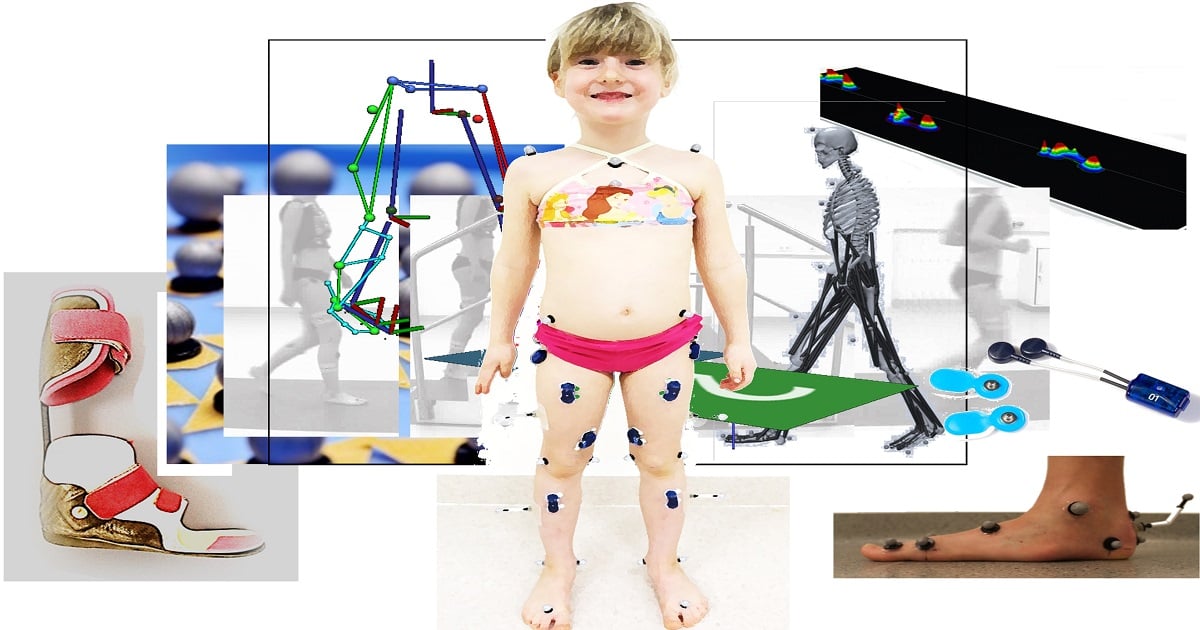Clinical Gait Analysis in Children: Progress and Relevance
A special issue of Children (ISSN 2227-9067). This special issue belongs to the section "Child Neurology".
Deadline for manuscript submissions: 1 November 2024 | Viewed by 1965

Special Issue Editors
Interests: (neuro)orthopedics; neurology; rehabilitation; sports and podiatry with an emphasis on children
Special Issue Information
Dear Colleagues,
Often taken for granted, skills such as walking, running or other locomotor modes are deemed vital aspects of mobility in children. Quantitative motion analysis facilitates the identification of atypical characteristics, helps observing and evaluating them and assists in identifying the source of impairments. This special issue focuses on the application of clinical human movement science with an emphasis on biomechanics of locomotion. Special attention will be put on the value of motion capturing in the context of medical and clinical treatments with various tools, devices and technologies. Main focus will be put on 3 key topics:
- Better detect pathologies and understand their genesis.
- Optimize diagnostics and clinical decisions making.
- Enhance interventions, such as exercises, therapy, orthoses, walking aids, drugs or invasive treatments to alleviate impairments and lower the burden for children.
The spectrum of cohorts may be multifaceted. Methodological work that demonstrates and optimizes the applicability, accuracy and validity of motion capture technology in the medical context is welcome, too.
While the scope of this special issue is to be diverse, it is mandatory that each publication comments in detail on the added value and benefit of the findings from the perspective of practitioners, caregivers, families and foremost of the pediatric patients' point of view.
Dr. Matthias Hösl
Dr. Nathalie Alexander
Guest Editors
Manuscript Submission Information
Manuscripts should be submitted online at www.mdpi.com by registering and logging in to this website. Once you are registered, click here to go to the submission form. Manuscripts can be submitted until the deadline. All submissions that pass pre-check are peer-reviewed. Accepted papers will be published continuously in the journal (as soon as accepted) and will be listed together on the special issue website. Research articles, review articles as well as short communications are invited. For planned papers, a title and short abstract (about 100 words) can be sent to the Editorial Office for announcement on this website.
Submitted manuscripts should not have been published previously, nor be under consideration for publication elsewhere (except conference proceedings papers). All manuscripts are thoroughly refereed through a single-blind peer-review process. A guide for authors and other relevant information for submission of manuscripts is available on the Instructions for Authors page. Children is an international peer-reviewed open access monthly journal published by MDPI.
Please visit the Instructions for Authors page before submitting a manuscript. The Article Processing Charge (APC) for publication in this open access journal is 2400 CHF (Swiss Francs). Submitted papers should be well formatted and use good English. Authors may use MDPI's English editing service prior to publication or during author revisions.
Keywords
- gait
- gait analysis
- biomechanics
- motion analysis
- movement analysis
- motion capture
- 3D motion analysis
- kinematics
- electromyography
- rehabilitation
- orthotics
- musculoskeletal abnormalities
- rehabilitation
- movement disorders
- neuropediatrics
- neurology
- pediatric orthopedics






